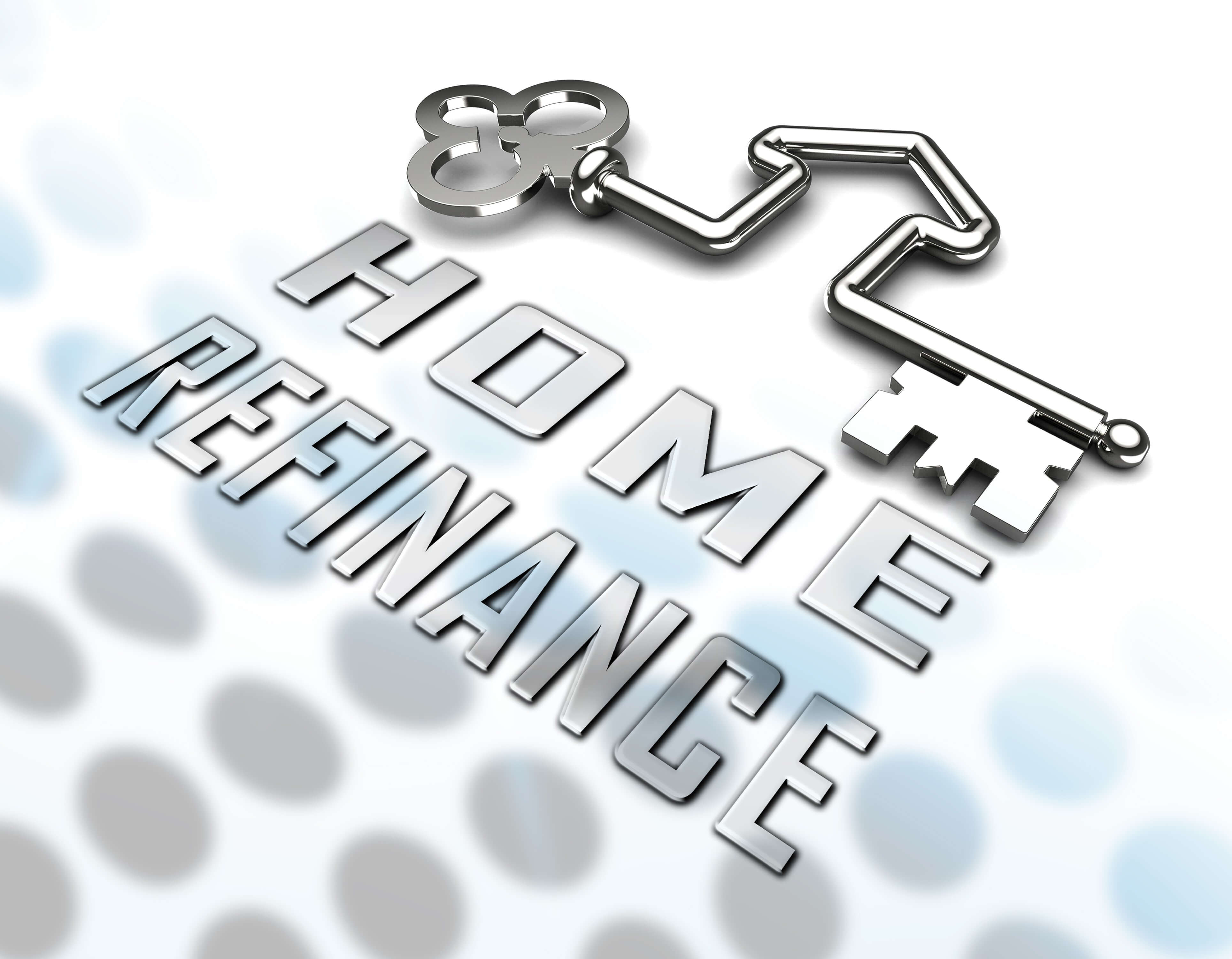Deciphering Mortgage Refinancing After Bankruptcy

Declaring bankruptcy is a huge blow to your financial situation and credit report. Fortunately, it's possible to recover from bankruptcy and regain your financial discipline. Lenders scrutinize credit reports and place strict measures on anyone who's declared bankrupt. However, if you display good money management habits, you can qualify for mortgage refinancing after bankruptcy. Contact us to learn more.
Mortgages and Home Equity
When you apply for a mortgage and start paying off the loan, you get equity. The equity represents the portion of the home you own. You can grow the equity by paying off your mortgage over time, to reduce liens on the property.
Usually, the amount of payment that goes into the principal instead of the interest grows your equity. You can also build equity by increasing your home's value through improvements or using accelerated payments to shave off the interest early and pay off the principal quickly.
It's important to remember that home equity is an asset that comes in handy later on. For example, you can take out the equity on your home to pay off some of your debts, especially when going bankrupt. However, even with little equity in your home, you may not lose your home, as long as you continue to make payments after bankruptcy. Finding suitable options for mortgage refinancing after bankruptcy can help you save your home.
You can find your home equity by taking your current home's market value and subtracting any mortgage payments owed and any other liens. Liens include taxes you owe on the house, loans you may have taken out to help you pay off a deposit, insurance, and any other payments.
After declaring bankruptcy, your first goal should be to rebuild your credit score. You can build an impressive credit history by getting a credit card and using it reasonably, paying your bills on time, and, if possible, in full. This can help you rebuild your report in preparation for applying for a mortgage.
Refinancing Your Mortgage after Bankruptcy
Many prime lenders are willing to consider you for a mortgage after two years after a bankruptcy discharge. A bankruptcy discharge means that the court releases you from the burden of debts. This means that you are no longer required to pay off the debts.
However, if you're bankrupt, you need a home for 24 months after the discharge. Mortgage refinancing after bankruptcy is an excellent option to keep your home while you work on a payment plan that allows you to clear your debt.
Mortgage refinancing can help you:
-
Lower your interest and principal payments to a manageable amount. When applying for mortgage refinancing after bankruptcy, you'll likely
change your lender to one who can accommodate bad credit financing. The new lender may be willing to consider lower monthly payments.
-
Refinancing allows you to take out equity on your home while retaining the existing monthly payments. You can use this money to pay off
debts, make improvements to your home, and invest.
-
Mortgage refinancing after bankruptcy can help you switch from adjustable-rate mortgage (ARM) to a fixed-rate loan. With a fixed interest
rate, you can plan stable monthly payments and reduce your debt.
-
If you're going bankrupt, mortgage refinancing can help you consolidate your debts into one mortgage, which you can then pay off as a single
payment with the same interest rate.
How to Find Mortgage Refinancing After Bankruptcy
With the right mortgage broker, you can acquire mortgage refinancing after bankruptcy. The Bad Credit Mortgage Brokers at Dominion Lending Centres can help you refinance your home until you're ready to apply for a different mortgage. Contact us today for more mortgage refinancing after bankruptcy options in Edmonton.

